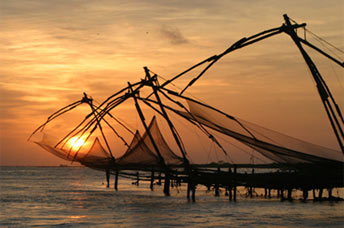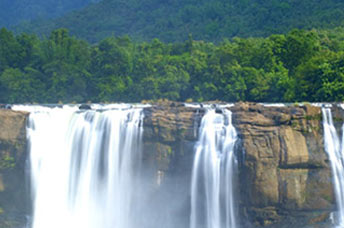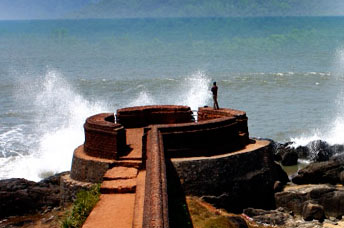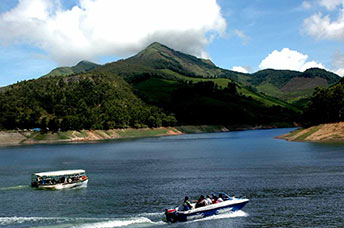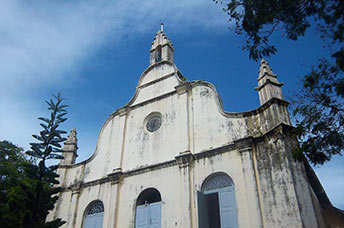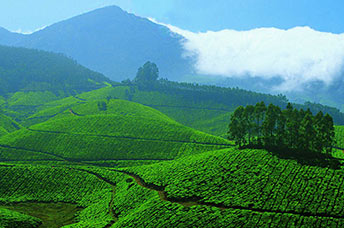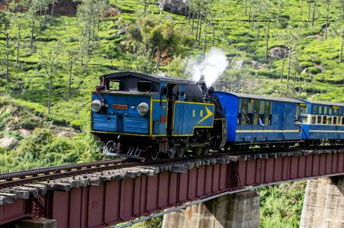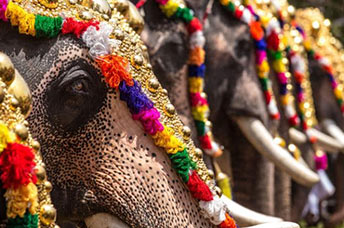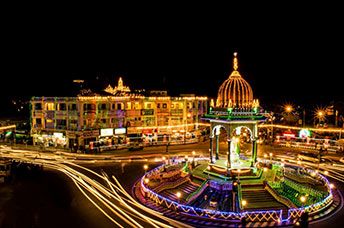Whether the asura or demon Tanjan bestowed his name by way of his decapitation in the city of Thanjavur or not, this very distinguished city remains an important centre of Hindu scholarship, culture, art, culture and religion.. Tanjore, (an anglicised version of the name) is a sort of sacred circle, defined by major Chola Temples, located in and around the city. Many of these have been designated UNESCO World Heritage Monuments. The magnificent and primary temple, the Brihadeeswara Temple, stands in the centre of the city – as if the township grew around it. Music and dance reverberated through the centuries under the patronage of many rulers such as the Nayaks of the 16th century and it is here that Carnatic music was codified. Many styles of Bharathanatyam, the classical temple dance form of the South were developed in Thanjavur. Flamboyant, gold leaf paintings of the gods and similar sacred subjects, set with real gems called Tanjore or Thanjavur paintings are prized by collectors and unique to the region.
e-Mail : enquiry@southchalo.com
Call Us : +91 80750 22407
Tanjore /Thanjavur

Brihadeeswar Temple
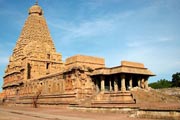
The historian Percy Brown described the Chola monarch Raja Raja Chola I’s 1000 years old Shaivite temple as “a landmark in the evolution of building art in South India”.
Dedicated to the god Shiva, the inner walls of the sanctum are covered with wall paintings from the Chola and Nayak periods. A monolithic Nandi, or sacred Bull, vehicle of the god Shiva stands at the entrance of the temple. It is 13 ft in height and 16 ft. in length.
One of the temple’s towers is 66 meters high – indicating the scale of the Brihadeeshwara structure. Brihadeeshwara temple was designated a UNESCO World Heritage Site in 1987.
Saraswathi Mahal Library
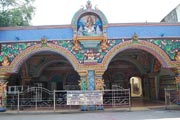
The 16th century Saraswati Mahal Library in Thanjavur, originally built as a Royal Library by the cultured and scholarly Nayak rulers of the region is one of the oldest libraries in Asia. It displays extremely rare palm leaf and old paper manuscripts written and collected by learned scholars or pandits, employed by the Maratha Maharaja Serfoji, on a range of subjects from commentaries on Sangam literature to mathematics and astronomy to Tamil treatises on medicine, to Sanskrit documents sourced from the North and so on, written in many languages, including Marathi, Tamil, Hindi, Telugu, English and Sanskrit. Although Maharaja Serfoji’s legacy comprises over 60,000 volumes, the Library hesitates to display the entire collection for fear of damage. However, the catalogue will shortly be made available online.
The Rajaraja Chola Art Gallery
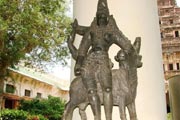
The Rajaraja Chola Art Gallery exhibits a massive collection of stone and bronze images from the ninth to 12th centuries. East of the Brihadeeswarar Temple lie the Shivaganga Park and Shivaganga Tank – both also credited to Raja Raja Chola.
The Sivaganga Park
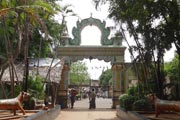
Is situated to the east of the Brihadeeswarar Temple and encompasses the Sivaganga Tank believed to have been built by the king Raja Raja Chola.
Sangeeth Mahal (Hall of Music)
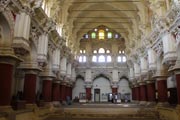
Sangeetha Mahal or the hall of music was a fabulous, gem encrusted theatre of the arts, appropriately named the Navaratnamanamaina Nataka Sala, or Theatre of Gems. It was an extravaganza built in the early 17th century, during the reign of the Nayak King Sevappa Nayak. Succeeding Maratha rulers preferred to call it simply, “Sangeetha Mahal” or the “Palace of Music”
Sangeetha Mahal must also be richly commended for its architecture and acoustics. This was achieved within the rectangular hall by topping it with vaulted roof and placing a small pool in front of the stage to absorb and deflect sound.
Gangaikondacholapuram
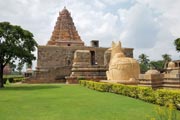
Gangaikondacholapuram was the capital of the Chola king, Rajendra Chola I and of his son Rajaraja Chola, who commenced his reign in the 11th century by conquering vast territories in South India, Sri Lanka, Bangladesh, Cambodia, Sumatra and Kedah. The Cholas of the period were superb mariners. These rulers, however, did not limit themselves to military conquest.
They enthusiastically patronized the arts such as poetry, drama, music and dance, architecture, education, science, and ship building. In fact, the beautiful Nataraja figure, glorified all over the world, was conceived during the Chola period when they built the famous Nataraja temple in Chidambaram..
The great temple of Siva in Gangaikondacholapuram is only marginally surpassed by the Brihadeeshwara temple at Thanjavur in sheer monumental scale and is considered an architectural and engineering marvel because the shadow of the main gopuram or tower never falls on the ground at any time, season or month.

